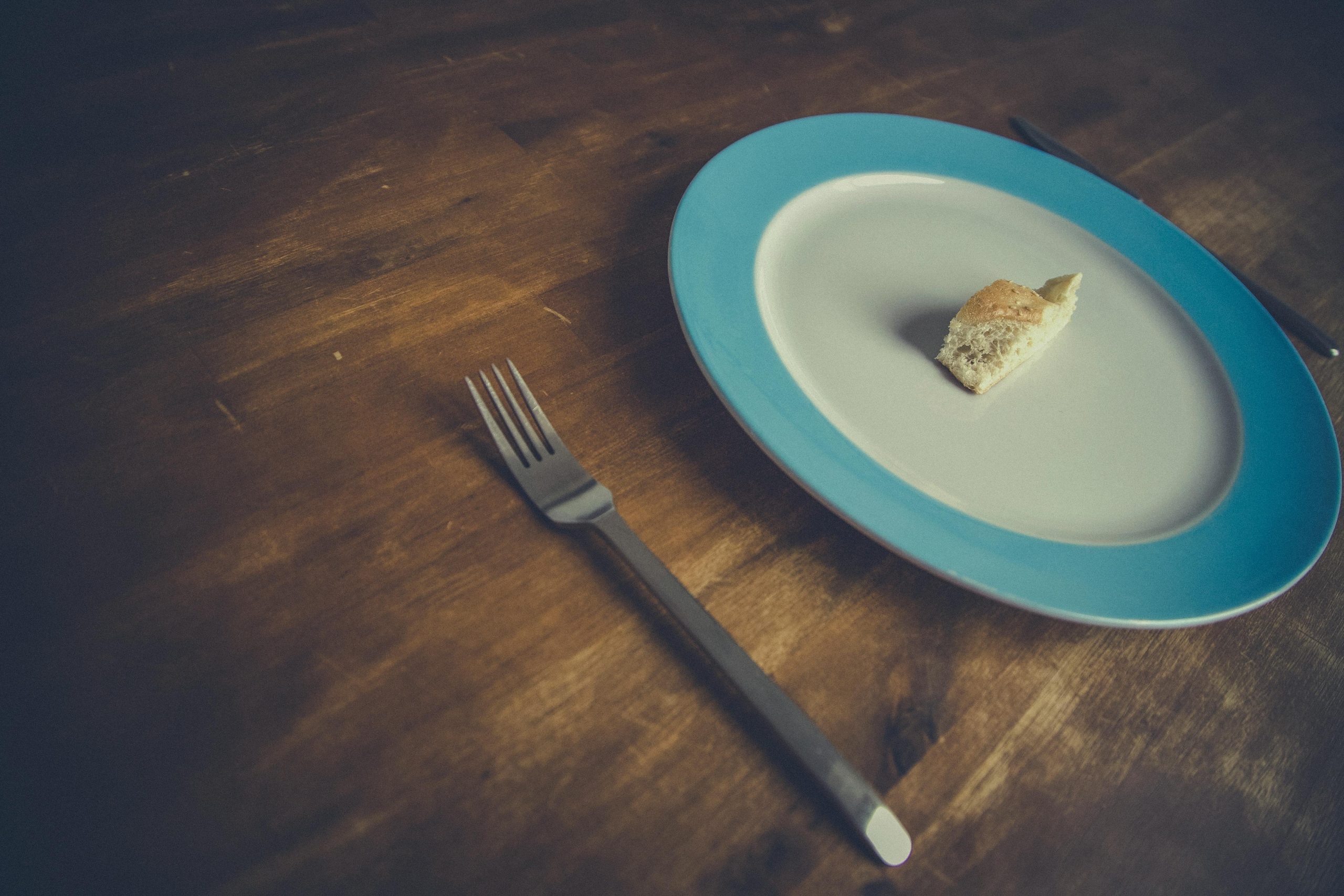Detoxification has become a buzzword in the wellness world, with many people seeking ways to cleanse their bodies of toxins and improve overall health. One of the biggest debates in this space is whether raw or cooked foods are more effective for detox. Both have their advocates, but which one truly supports your body’s natural cleansing processes? In this article, we’ll explore the benefits and drawbacks of raw and cooked foods for detox, helping you make an informed decision for your health journey.
The Science Behind Raw Foods for Detox
Raw foods, as the name suggests, are consumed in their natural, uncooked state. Proponents of raw food diets argue that cooking destroys essential enzymes and nutrients that aid in detoxification. Here’s why raw foods are often praised for cleansing:
- High Enzyme Content: Raw foods contain natural enzymes that help break down food and support digestion, reducing the burden on your liver and kidneys.
- Rich in Antioxidants: Many raw fruits and vegetables, such as berries and leafy greens, are packed with antioxidants that neutralize free radicals and promote detox.
- Fiber-Rich: Raw plant foods are high in fiber, which aids in digestion and helps eliminate toxins through the digestive tract.
However, raw foods aren’t without drawbacks. Some people find them harder to digest, and certain nutrients (like lycopene in tomatoes) are more bioavailable when cooked.
The Benefits of Cooked Foods for Detox
While raw foods have their merits, cooked foods also play a crucial role in detoxification. Cooking can enhance nutrient absorption and make certain foods easier to digest. Here’s how cooked foods support detox:
- Increased Bioavailability: Cooking breaks down tough plant cell walls, making nutrients like beta-carotene (found in carrots) more accessible to the body.
- Easier Digestion: For those with sensitive stomachs, cooked foods are gentler on the digestive system, allowing the body to focus on detox rather than struggling to break down raw fibers.
- Enhanced Flavor and Variety: Cooking can make detox-friendly foods like cruciferous vegetables more palatable, encouraging consistent consumption.
That said, overcooking can destroy some nutrients, so methods like steaming or light sautéing are recommended for preserving detox benefits.
Key Nutrients for Detox: Raw vs. Cooked
Certain nutrients are vital for detoxification, and their availability can vary depending on whether foods are raw or cooked. Here’s a breakdown:
Vitamin C
Found in citrus fruits, bell peppers, and leafy greens, vitamin C is a powerful detoxifier. It’s heat-sensitive, so raw sources are best for maximizing intake.
Sulforaphane
This compound in broccoli and other cruciferous vegetables supports liver detox. Light steaming enhances its availability, while overcooking destroys it.
Lycopene
Tomatoes and watermelon contain lycopene, an antioxidant that’s more bioavailable when cooked.
Balancing raw and cooked sources of these nutrients can optimize your detox efforts.
Potential Risks and Considerations
While both raw and cooked foods can support detox, there are some risks to be aware of:
- Foodborne Illness: Raw foods, especially sprouts and unpasteurized juices, can harbor harmful bacteria. Always wash produce thoroughly.
- Nutrient Loss: Overcooking can deplete vitamins and minerals. Opt for gentle cooking methods like steaming or blanching.
- Digestive Issues: Some people experience bloating or discomfort from raw foods. Listen to your body and adjust accordingly.
Consulting a nutritionist can help tailor a detox plan that suits your individual needs.
Finding the Right Balance for Your Detox
Rather than choosing between raw or cooked foods, the best approach is often a combination of both. Here’s how to strike a balance:
- Start with Raw: Incorporate raw juices or salads to boost enzyme and antioxidant intake.
- Add Lightly Cooked Foods: Steam or sauté vegetables to enhance nutrient absorption without losing detox benefits.
- Listen to Your Body: If raw foods cause discomfort, focus on cooked options. Everyone’s digestive system is different.
Experimenting with both raw and cooked foods will help you discover what works best for your detox goals.
Conclusion
Both raw and cooked foods have unique advantages when it comes to detoxification. Raw foods provide enzymes and antioxidants that support cleansing, while cooked foods enhance nutrient absorption and digestibility. The key is to find a balanced approach that incorporates the strengths of both. By paying attention to your body’s signals and choosing high-quality, nutrient-dense foods, you can create an effective detox plan that promotes long-term health and vitality.


